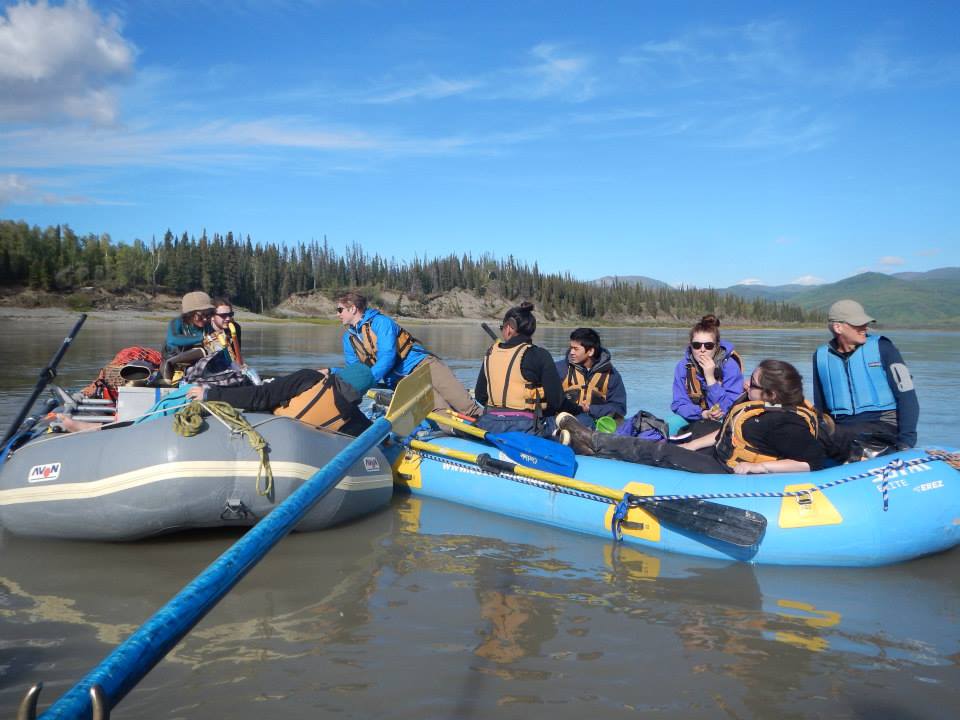by Amanda Montavon
It’s estimated that 40-80% of all doctor visits may be directly related to stress. When under stress we under go a physiological change referred to as the fight-or-flight response. The fight-or-flight response was first described by Dr. Walter B. Cannon at the Harvard Medical School in the 1920s and it works as our survival mechanism. Stress induces a surge of stress hormones preparing us to either fight or flee. Our hearts pounds faster as our blood flow is redistributed from the digestive tract to our muscles, and we enter a state of high alert ready to take action. In a life threatening situation this is a very beneficial response, but prolonged exposure or repeated exposures to cortisol and other stress hormones depletes your body’s energy stores and suppresses the immune system. Stress has been connected to heart disease, psychological disorders, colds, flues, viruses, headaches, eating disorders, and many other common health problems including weight gain.
In 2010, the American Psychological Association’s (APA) chief executive officer, Norman B. Anderson PhD, responded to their Stress in America Survey stating, “Year after year nearly three-quarters of Americans say they experience stress at levels that exceed what they define as healthy, putting themselves at risk for developing chronic illnesses such as heart disease, diabetes and depression. Stress is hurting our physical and emotional health and contributing to some of the leading causes of death in this country. People are also saying they have difficulty implementing the changes they know will decrease their stress and improve their health. Yet, our health care system is not adequately addressing this issue or providing the behavioral health treatments that can help Americans. All of us, including the medical community, need to take stress seriously since stress could easily become our next public health crisis.”
For the benefit of your own health and overall well being it’s important to take time to relax. Not just time sitting on the couch watching TV, but time to really allow yourself to let go and relax; to meditate and induce your relaxation response.
Although most people seem to be aware of the fight-or-flight response, I am always surprised how many people are unaware of the relaxation response. The relaxation response is the process of deescalating the stress response and inducing relaxation through activating the parasympathetic nervous system. It is a normal and natural response of the body when we enter into a deep state of relaxation, but it can also be induced through relaxation techniques. It was first introduced by Dr. Herbert Benson, a Harvard physician. In 1968, meditators from the Transcendental Meditation (TM) movement visited the Harvard Medical School asking to be studied as they believed that they could reduce their blood pressure by using TM techniques, and it was Benson who agreed to study them.
Although most people seem to be aware of the fight-or-flight response, I am always surprised how many people are unaware of the relaxation response. The relaxation response is the process of deescalating the stress response and inducing relaxation through activating the parasympathetic nervous system. It is a normal and natural response of the body when we enter into a deep state of relaxation, but it can also be induced through relaxation techniques. It was first introduced by Dr. Herbert Benson, a Harvard physician. In 1968, meditators from the Transcendental Meditation (TM) movement visited the Harvard Medical School asking to be studied as they believed that they could reduce their blood pressure by using TM techniques, and it was Benson who agreed to study them.
His research scientifically validated the medical benefits of inducing a physical state of deep rest and his subsequent research found that the approach used to induce the relaxation response is no different from what people have done for centuries through prayer, chanting and repetitive motion. Benson writes in his book The Relaxation Response, “We claim no innovation, but simply a scientific validation of age-old wisdom.” Today, scientists have shown that such practices lower heart rates, blood pressure, oxygen consumption, and even body weight. They also alleviate the symptoms associated with hypertension, diabetes, asthma, arthritis, insomnia, depression, infertility, cancer, and anxiety. Inducing the relaxation response doesn’t just help you feel relaxed for a short while, but it can actually help you change the way you respond to physical and emotional stress.
It almost sounds too good to be true, the simple act of relaxing seems to be a healthy all natural miracle drug. Not only does it help reduce a variety of illness/disease, but it’s free; all it takes is a little of your time. Eliciting the relaxation response is simple, once or twice a day for 10 to 20 minutes sit in a relaxed position with the eyes closed, and repeat a word or sound as you breathe. If your thoughts stray, which is normal and expected, just recognize that your thoughts have strayed and bring your focus back to your breathe and on the word repetition. Benson explains that there are also other ways to activate your relaxation response, “Anything that breaks the train of everyday thought will evoke this physiological state.” Anything that helps to still the constant chatter of your busy mind and brings you into a meditative state will do the trick.
Yoga and the practice of asanas (yoga postures) have been used for thousands of years as a tool to increase focus and concentration preparing the body for deep relaxation and meditation. When you enter that deep state of relaxation and truly relax it’s amazing! All the factors that were causing you to stress and worry just float away and they don’t even seem that important anymore. Your outlook on life changes; you start to recognize the truly important things in life. You come into the present moment. You stop beating yourself up over past mistakes or bad decisions and you stop worrying about those things that might happen in the future. You learn to take things one breathe at a time.
[divider]
Amanda is the Assistant Director of Recreation Programs at APU and teaches yoga and Ayurveda at Spirit Path Yoga & Wellness. You can learn more about Ayurveda and read her blog at http://www.alaskaayurveda.com/
[divider]
APU students can enroll in any fitness classes (including yoga) for free! Here is a link to the schedule: http://www.alaskapacific.edu/explore-apu/moseley-sports-center/recreation-programs/fitness-schedule/






